# Tesla FSD Road Trip: Bay Area to LA Real-World Test
Tesla’s Full Self-Driving (FSD) Supervised system represents one of the most advanced driver assistance technologies available today, and what better way to test its capabilities than a real-world road trip from the Bay Area to Los Angeles? This 380-mile journey along California’s diverse highways and city streets provides the perfect testing ground for evaluating how FSD performs in various driving conditions.
## Understanding the Basics
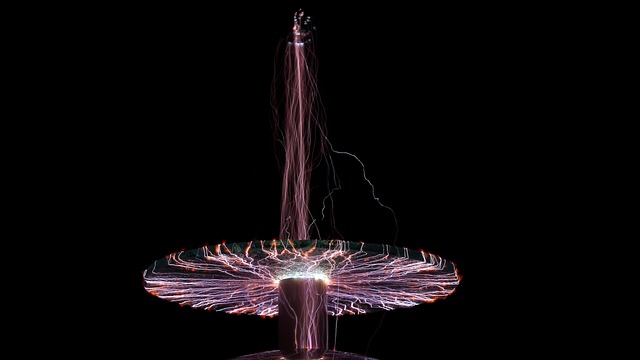
The Tesla FSD Supervised system, currently in version 12, uses a neural network-based approach that processes visual data from eight cameras positioned around the vehicle. Unlike traditional autonomous driving systems that rely heavily on pre-mapped routes and LIDAR sensors, Tesla’s approach uses vision-only technology combined with machine learning algorithms trained on millions of miles of driving data.
During our Bay Area to LA road trip, the FSD system handles everything from navigating complex freeway interchanges to managing stop-and-go traffic through urban areas. The system continuously analyzes road conditions, traffic patterns, and potential hazards while maintaining safe following distances and executing lane changes when necessary. What makes this particularly impressive is how the system adapts to California’s unique driving challenges – from aggressive merging patterns on I-5 to the notorious Grapevine section with its steep grades and winding roads.
The “Supervised” designation is crucial to understand. While the system can handle most driving tasks autonomously, it requires constant driver supervision and the ability to take control immediately when needed. This isn’t just a legal requirement; it’s a practical necessity as the system occasionally encounters scenarios it cannot handle independently.
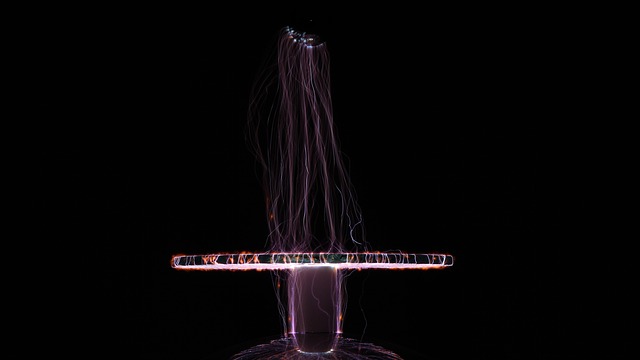
## Key Methods
### Step 1: Pre-Trip Setup and Calibration
Before embarking on any long-distance FSD journey, proper preparation is essential. Start by ensuring your Tesla’s software is updated to the latest version, as each update brings improvements to the FSD algorithms. Check that all cameras are clean – even minor obstructions from dirt or water spots can significantly impact performance. Navigate to your vehicle’s Autopilot settings and verify that FSD Beta is enabled and properly calibrated.
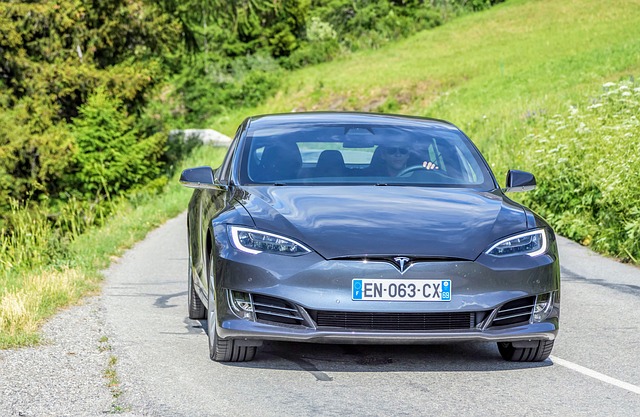
For the Bay Area to LA route, input your destination into the navigation system before engaging FSD. The system performs better when it knows the entire route in advance, allowing it to anticipate upcoming highway transitions and plan lane changes more effectively. Set your preferred following distance and speed offset according to your comfort level. Many drivers find that a moderate following distance of 3-4 car lengths provides the best balance between safety and traffic flow integration.
### Step 2: Highway Driving Management
Once on I-580 or I-5, engaging FSD is straightforward – simply pull down twice on the gear selector. The system immediately takes control of steering, acceleration, and braking. During highway segments, FSD excels at maintaining consistent speeds, staying centered in lanes, and executing predictable maneuvers. The system handles the transition from the Bay Area’s multi-lane highways to the more rural sections of I-5 remarkably well.
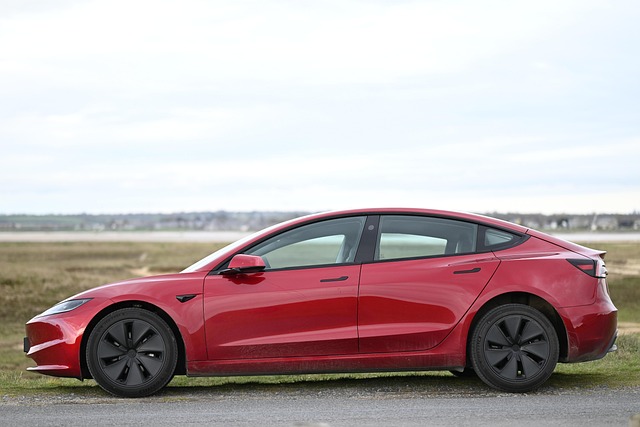
Pay special attention during complex interchanges, particularly where I-580 meets I-5. While FSD can navigate these transitions, it sometimes chooses lanes conservatively, which might not align with local driving patterns. Be prepared to override the system if it’s moving too slowly for surrounding traffic or missing optimal lane positions for upcoming exits. The system’s performance through the Central Valley’s long, straight stretches is nearly flawless, requiring minimal intervention.
### Step 3: Urban Navigation Challenges
The true test comes when navigating through urban areas like San Jose, Bakersfield, or upon arriving in Los Angeles. City driving presents unique challenges with pedestrians, cyclists, construction zones, and unpredictable driver behavior. FSD’s performance in these environments has improved dramatically but still requires heightened attention.
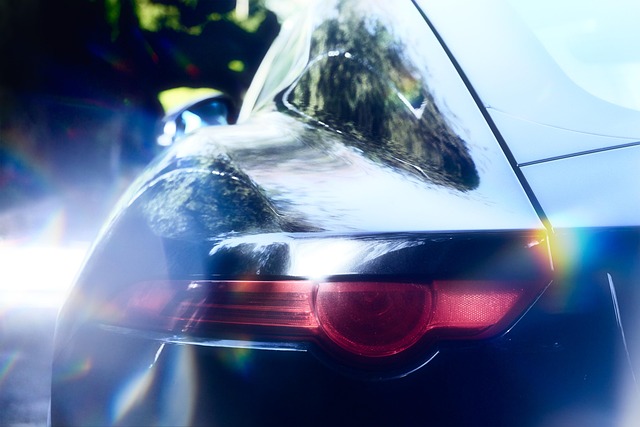
## Practical Tips
**Tip 1: Master the Intervention Dance**
Learning when and how to intervene is crucial for a smooth FSD experience. Instead of completely disengaging the system when it hesitates, try gentle accelerator inputs to encourage forward movement while maintaining FSD control. This technique is particularly useful at intersections where the system might be overly conservative. Similarly, light steering wheel input can guide the system toward your preferred lane position without triggering a full disengagement.
**Tip 2: Weather and Lighting Considerations**
Plan your departure time carefully. FSD performs best in clear weather with good visibility. The morning fog common in the Central Valley can significantly impact camera performance, leading to more frequent system limitations. Similarly, driving directly into the setting sun on westbound segments can cause temporary system degradation. If possible, time your trip to avoid these conditions, or be prepared for increased manual driving during these periods.
**Tip 3: Energy Management Strategy**
While FSD generally drives efficiently, it doesn’t optimize for maximum range like an experienced EV driver might. Plan your charging stops strategically – the Harris Ranch Supercharger is a popular midpoint stop with excellent facilities. FSD can navigate to Superchargers automatically, but consider manually selecting less crowded locations during peak travel times for faster charging sessions.
**Tip 4: Construction Zone Navigation**
California highways frequently have construction zones, and FSD’s performance varies significantly in these areas. The system might struggle with temporary lane markings, concrete barriers, or lane shifts. When approaching construction zones, be ready to take control, especially if lane markings are unclear or contradictory. The system will often alert you when it’s uncertain, but proactive intervention ensures smoother travel.
**Tip 5: Communication with Other Drivers**
FSD’s driving style can sometimes confuse other drivers who expect more aggressive behavior. The system’s conservative merging and lane changes might frustrate following traffic. Use your turn signals manually when planning to override the system for quicker lane changes, giving other drivers clear communication about your intentions.
## Important Considerations
Safety remains the paramount concern when using FSD for long-distance travel. Despite its impressive capabilities, the system is not infallible and requires constant vigilance. Never treat FSD as a fully autonomous system – maintain the same level of attention you would when driving manually. Keep your hands on or near the steering wheel and your eyes on the road at all times.
Legal and insurance implications deserve careful consideration. While using FSD, you remain fully responsible for the vehicle’s operation. Any accidents or traffic violations are the driver’s responsibility, not Tesla’s. Ensure your insurance policy covers FSD usage, and familiarize yourself with California’s specific regulations regarding advanced driver assistance systems. Some insurance companies offer discounts for vehicles with advanced safety features, but policies vary significantly.
The psychological aspect of extended FSD use shouldn’t be underestimated. The constant vigilance required while monitoring an automated system can be more mentally taxing than manual driving for some people. Take regular breaks, switch drivers if possible, and don’t hesitate to drive manually if you feel fatigued or uncomfortable with the system’s performance.
## Conclusion
The Bay Area to LA road trip with Tesla’s FSD Supervised system showcases both the remarkable progress in autonomous driving technology and the remaining challenges before true self-driving becomes reality. The system transforms highway driving into a notably more relaxed experience, handling the mundane aspects of long-distance travel while allowing drivers to maintain higher-level situational awareness.
While FSD isn’t perfect – requiring interventions for complex scenarios and occasional confusion in construction zones or unusual traffic patterns – it represents a significant leap forward in driving assistance technology. The key to a successful FSD road trip lies in understanding the system’s capabilities and limitations, maintaining appropriate supervision, and knowing when to seamlessly take control.
As Tesla continues refining the FSD neural networks with each update, the system becomes increasingly capable. For now, treating FSD as an advanced co-pilot rather than an autonomous chauffeur ensures both safety and satisfaction. The technology offers a glimpse into the future of transportation while providing practical benefits today. Whether you’re commuting daily or embarking on cross-state adventures, FSD Supervised transforms the driving experience, making long journeys less fatiguing and more enjoyable – as long as you remain an engaged and responsible supervisor of this impressive technology.